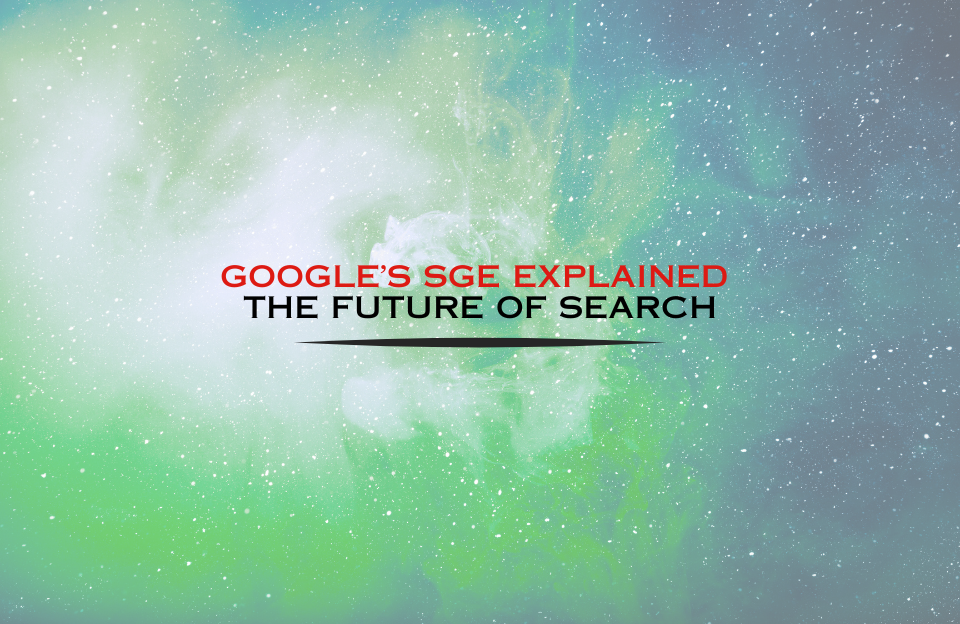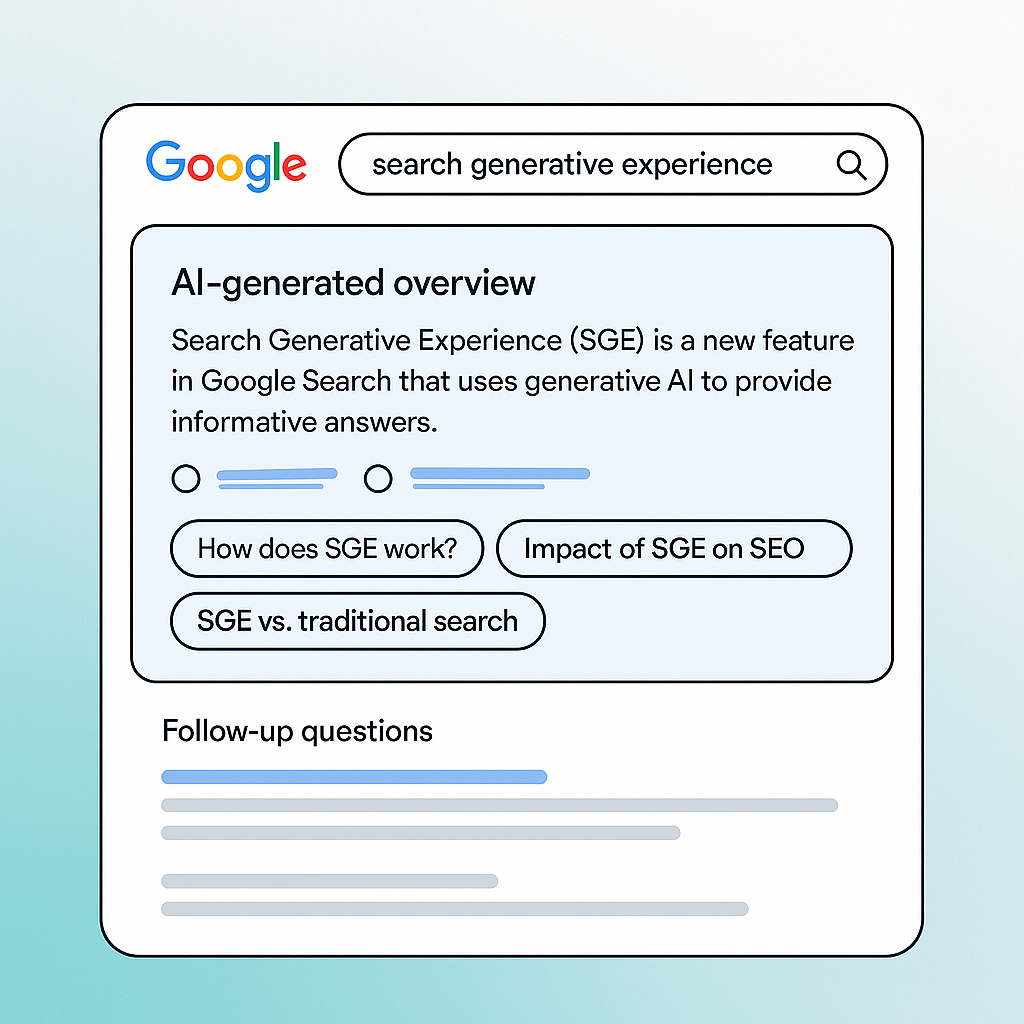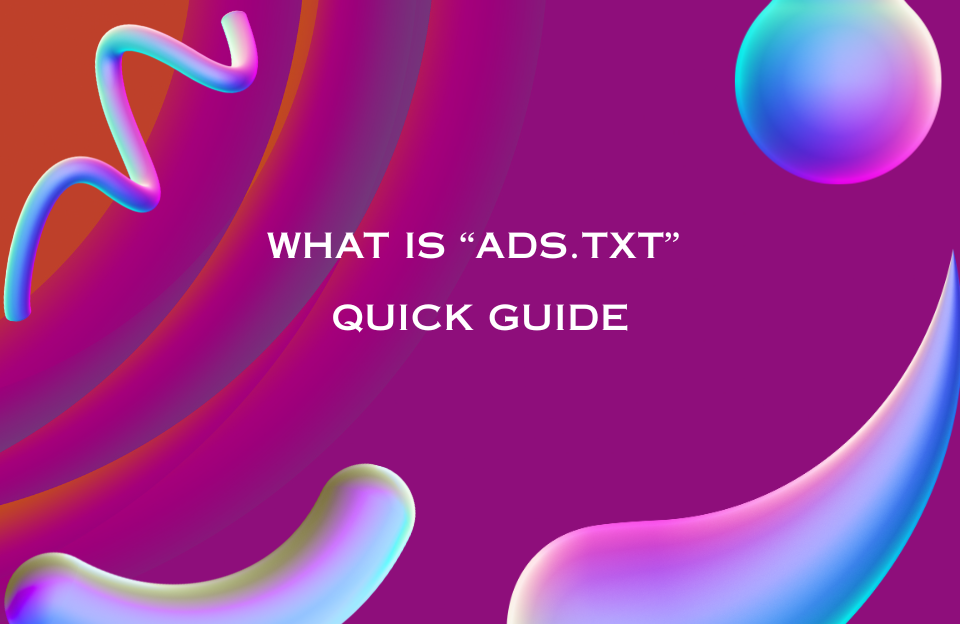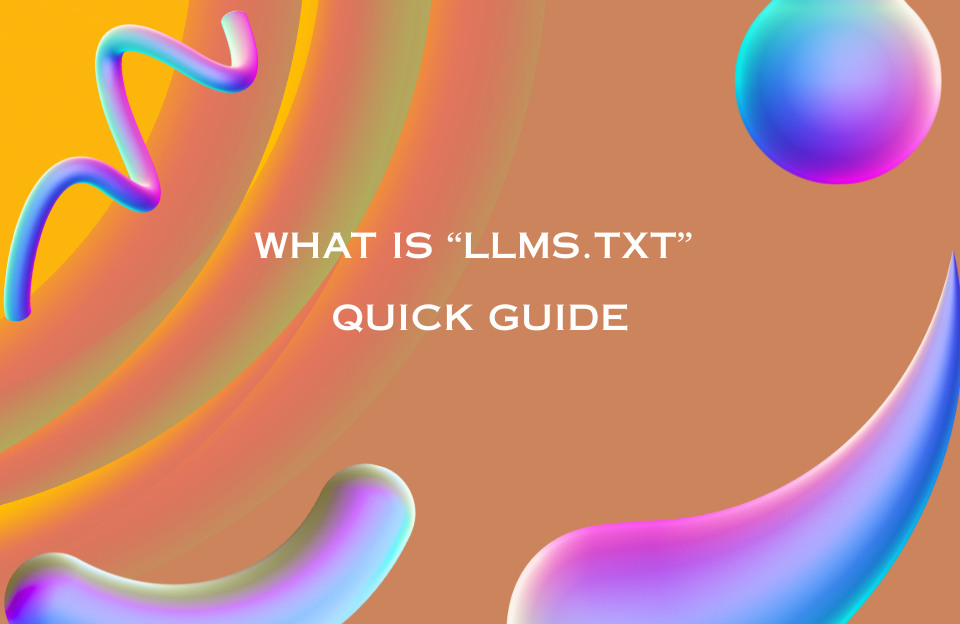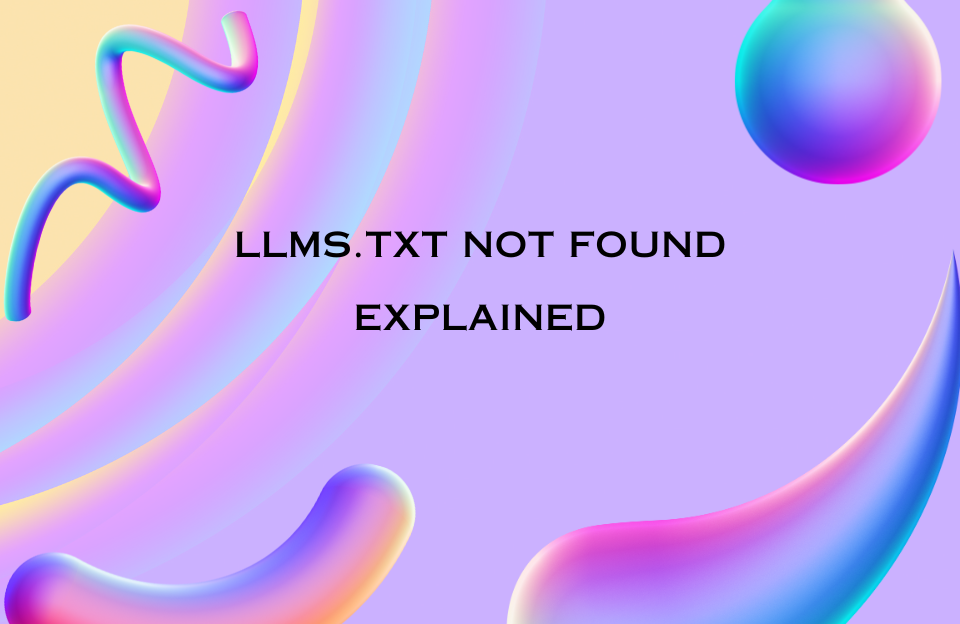Google’s Search Generative Experience (SGE) is more than a visual redesign of search results ,it’s a fundamental transformation of how users interact with information, powered by advanced large language models (LLMs). SGE introduces AI Overviews: generated summaries that answer questions at the top of the search results, often before the user ever scrolls. This shift marks a new chapter in search — one where visibility is no longer solely about ranking, but about being recognized, cited, and surfaced by generative AI.
For digital marketers, SEOs, and content strategists, this shift presents both challenges and opportunities. In this blog, we explore what SGE is, how it technically works, what it means for SEO and content strategy, and how to optimize for it using the principles of Generative Engine Optimization (GEO).
What Is Search Generative Experience (SGE)?
Search Generative Experience is Google’s integration of generative AI into the search engine results page (SERP). Instead of only presenting a list of links, Google now provides a synthesized answer at the top of the page — powered by LLMs like Gemini (formerly Bard), MUM (Multitask Unified Model), and PaLM 2.
These AI Overviews are dynamic and conversational. For example, if a user searches “best cameras for wildlife photography under $1000,” Google generates a paragraph summarizing top options, features, and price ranges — pulling data from various indexed sources. Below the summary, it shows linked citations — but often, users don’t need to click at all.
In essence, Google becomes both the curator and creator of content, using your website as a knowledge source. It shifts the experience from navigating through results to extracting answers instantly.
The LLM Behind SGE: How Does It Work?
SGE is powered by a hybrid stack of LLMs and retrieval-augmented generation (RAG). It doesn’t merely guess answers — it extracts key insights from real web content, applies reinforcement learning from human feedback (RLHF), and uses semantic ranking to determine what gets cited.
- Gemini (LLM): Synthesizes and generates responses based on intent and context.
- MUM: Understands language across formats (text, images, video) and languages.
- Ranking Algorithm: Retrieves and filters high-quality sources for factual grounding.
- Citation Model: Assigns attribution to the most relevant pages using semantic similarity and trust metrics.
This means that even if your page ranks lower in the traditional SERP, it may still be cited by SGE — if your content is authoritative, structured, and contextually relevant.
Traditional SEO vs. SGE: What’s Changing?
| Aspect | Traditional SEO | SGE (AI Overviews) |
|---|---|---|
| Ranking Goal | Page 1, Position 1 | Content inclusion in summary |
| CTR Dependency | High | Lower (Zero-click experiences) |
| Optimization Method | On-page SEO, backlinks, UX | Structured data, clarity, semantic value |
| Intent Matching | Exact keyword relevance | Contextual and conversational understanding |
This shift introduces a new metric for success: answer visibility. It’s not about driving clicks anymore — it’s about shaping the narrative that AI presents to users.
What Is GEO – Generative Engine Optimization?
With the rise of SGE and other AI platforms like ChatGPT, Bing Copilot, and Perplexity, marketers need a new framework: Generative Engine Optimization (GEO). As explained in our GEO Conversion Funnel blog, GEO is the practice of designing content so that it is:
- Extractable: AI can easily parse and reuse your content.
- Attributable: AI systems want to cite you.
- Actionable: Your content leads users to the next logical step (conversion, signup, purchase).
Where traditional SEO ends at SERP clicks, GEO focuses on inclusion within AI summaries — even in environments where no clicks occur at all.
The GEO Funnel Within SGE
Top of Funnel (TOFU): Visibility in AI Overviews
SGE is most likely to summarize TOFU-style content — listicles, definitions, comparisons. To improve inclusion chances, create:
- Introductory paragraphs with direct answers
- Clear subheadings structured as questions (e.g., “What is a CRM?”)
- FAQ sections with schema markup
- List formats (top 5, pros and cons, comparison tables)
Middle of Funnel (MOFU): Being a Trusted Source
SGE selects citations from sources that demonstrate authority, expertise, and clarity. Here’s how to optimize:
- Use semantic-rich headings (not just “More info”)
- Provide multi-perspective insights (e.g., “for startups,” “for enterprise”)
- Include original research or case studies
- Add author credentials and About page schema
Bottom of Funnel (BOFU): Driving Conversion After the Summary
Even if the AI answers the question, users will still click for deeper insights, downloads, or products. Focus on:
- Clear CTAs with pricing, value propositions
- Offer schema (discounts, availability)
- Customer testimonials with structured data
- Interactive tools or demos
Content Types Most Affected by SGE
- Health, Finance, Legal (“Your Money or Your Life”): SGE favors expert-reviewed content.
- Product Comparisons: Ideal for summary inclusion. Use side-by-side tables and features.
- Informational Articles: Often replaced by the AI response. Must be made skimmable and cited.
- Transactional Pages: SGE may surface offers and reviews before brand pages — optimize your schema.
Pro tip: Add direct answers and rich snippets in the first 250 words to boost inclusion chances.
SGE and the Advertising Landscape
SGE doesn’t just affect organic results. In 2025, Google started testing ads inside AI Overviews. This represents a new ad layer:
- Contextual AI Ads: Based on user intent within the conversation.
- Sponsored Callouts: Brands highlighted directly inside summaries.
- Visual Enhancements: Card-based product ads integrated into Overviews.
Advertisers need to rethink both copy and targeting: not just keywords, but conversational triggers. Expect CPMs to rise in AI-mode search.
Real-World Example: Inclusion vs. Ranking
A recent test by an SEO agency showed that a website ranking #3 for “best CRMs for freelancers” was not included in the SGE overview. Instead, Google cited a smaller blog post that offered a bulleted list, clearer headings, and structured FAQ markup — even though it ranked #9 organically.
The takeaway? SGE values structure and clarity over domain authority. You can outrank giants in the AI layer if your content is better optimized for readability and semantic understanding.
How to Track and Monitor SGE Performance
- Use Google Search Console’s new “AI Overview” section (still in beta) to monitor mentions
- Track changes in zero-click searches and branded search impressions
- Use browser extensions (like “SGE SERP Preview”) to simulate how your pages appear
- Manually search queries and analyze which domains are cited in AI responses
Consider building a SGE-specific content audit workflow — flag pages that aren’t cited and optimize them for inclusion.
Outlook: Where Is SGE Heading?
SGE is still evolving. Here’s what we expect in 2025–2026:
- More commercial queries supported: Shopping, B2B tools, travel
- Voice and visual integration: AI Overviews in Google Lens and Android Assistant
- Greater personalization: Based on history, preferences, and login state
- More AI-native content ranking signals: Schema depth, author expertise, freshness
Staying ahead means embracing GEO now — before your competition catches up.
Conclusion: From SERP to SGE — The New SEO Frontier
SGE is not just a feature — it’s a signal that search is becoming more contextual, personalized, and generative. Traditional SEO isn’t dead, but it’s evolving. To stay visible, you need to shift from optimizing for rankings to optimizing for inclusion — in summaries, citations, and conversational flows.
By integrating GEO principles and preparing your content for answer-driven experiences, you position your brand at the forefront of AI-powered discovery. The future of search belongs to those who are ready to be part of the answer — not just another link.
